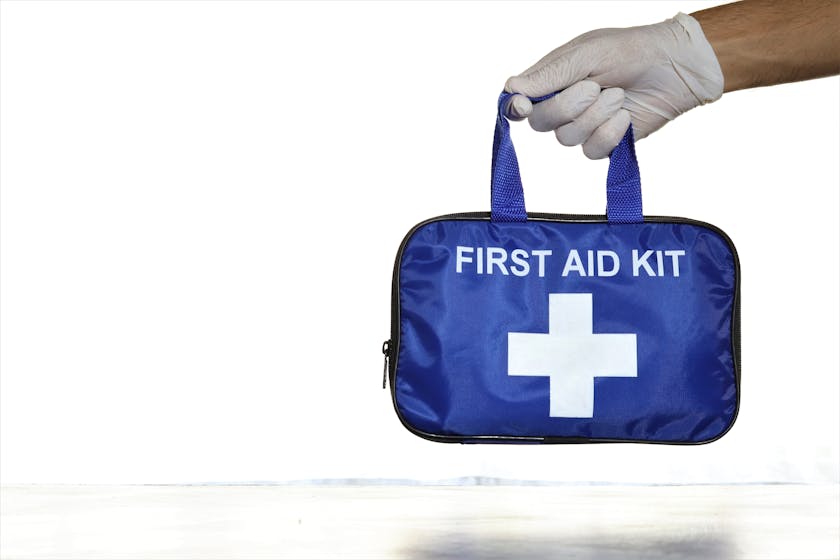In the context of emergency preparedness, bulk meal storage can be a lifesaver, especially when you adopt the method of once-a-month cooking. This approach not only saves time but ensures that you have ready-to-eat meals in times of need. Here’s how to master bulk meal storage with a once-a-month cooking plan.
Understanding Once-a-Month Cooking and Its Benefits
The concept of once-a-month cooking involves dedicating one day to prepare and cook meals for the entire month. These meals are then stored and consumed as needed. The benefits are vast, from minimizing daily cooking time to being prepared for unexpected situations like natural disasters or other emergencies.
Step 1: Plan Your Meals with Storage in Mind
Start by planning meals that are storage-friendly. Opt for recipes that freeze well and don’t degrade in quality over time. Casseroles, stews, soups, and marinated meats are excellent choices. Make sure to balance your menu with proteins, carbohydrates, and vegetables for a well-rounded diet.
Step 2: Shop in Bulk and Prepare Ingredients
Purchase ingredients in bulk, which is cost-effective and ensures you have everything you need. Wash, chop, and prepare your ingredients. This is also the time to pre-cook certain items, like rice or pasta, that can be added to meals later.
Step 3: Cook Your Meals
Set aside a day to cook all your meals. Employ a systematic approach by focusing on one recipe at a time or multitasking with several dishes. Remember to let food cool to room temperature before proceeding to storage.
Step 4: Proper Storage Techniques
Freezing: Use airtight containers or vacuum-sealed bags to prevent freezer burn. Label each container with the date of preparation and contents.
Refrigeration: Some meals may be kept in the fridge if they will be consumed within a few days. Again, proper containers and labeling are key.
Shelf Stability: For non-perishable items, consider canning or dehydrating foods that can be stored without refrigeration.
Step 5: Inventory Management
Create an inventory list of all the meals you’ve prepared, including their expiration dates. This will help you keep track of what you have on hand and reduce waste.
Step 6: Regular Rotation and Usage
Integrate stored meals into your regular diet to ensure they are used before expiration. This also allows you to periodically refresh your stockpile with new meals.
Step 7: Handling Emergencies with Your Meal Stockpile
In an emergency, prioritize meals based on their shelf life. Use refrigerated items first, then move on to frozen meals, and finally, to your shelf-stable stockpile.
Remember, the goal of once-a-month cooking and bulk meal storage for emergency preparedness is not only to be ready for the worst but also to streamline your daily life, making mealtime more efficient and less stressful.



